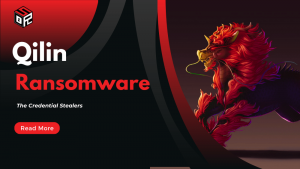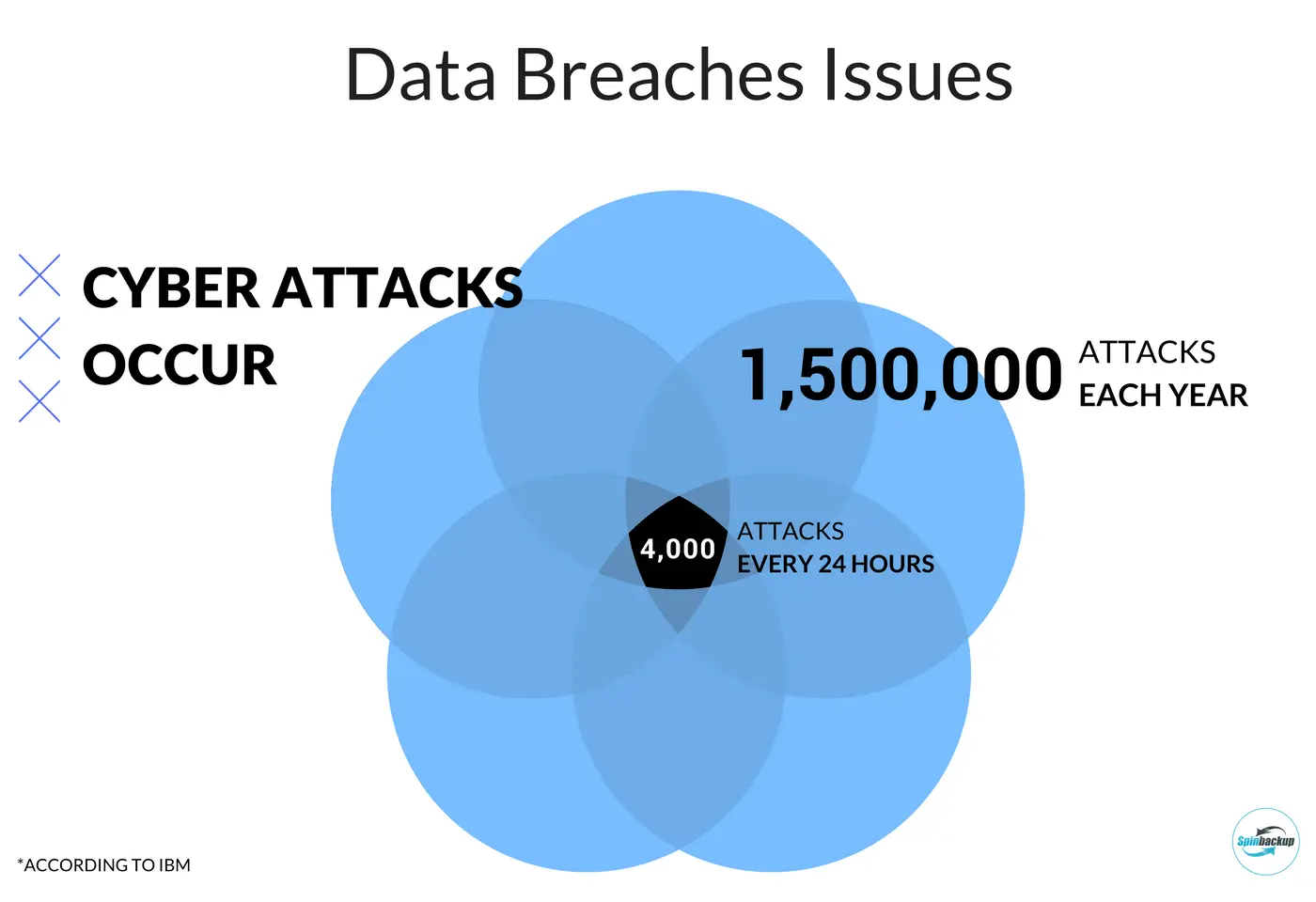Qilin Ransomware Surges as RansomHub Collapses: A New Threat Emerges

Qilin Ransomware Surges as RansomHub Collapses: A New Threat Emerges
The ransomware landscape is constantly shifting, with new players emerging and old ones fading away. Recently, we've witnessed a significant power shift: the rise of Qilin ransomware coinciding with the collapse of RansomHub. This article delves into the factors driving this change and what it means for businesses and cybersecurity professionals.

Qilin/Agenda Ransomware: The Credential Stealers - Threat Actors
The Ascent of Qilin Ransomware
Qilin, also known as Agenda, has rapidly gained prominence in the ransomware arena. Several factors contribute to its surge:
- Exploitation of a Vacuum: The collapse of RansomHub created a void in the market, leaving many affiliates without a platform. Qilin has aggressively recruited these "orphaned" affiliates, nearly doubling its monthly victim publications.
- Technically Mature Infrastructure: Qilin boasts a sophisticated infrastructure, making it an attractive option for experienced ransomware operators.
- Innovative Tactics: Qilin has introduced novel approaches, such as offering legal assistance to its affiliates. This unique offering aims to pressure victims into paying ransoms faster by threatening legal action.
- Exploiting Vulnerabilities: Qilin has been observed exploiting vulnerabilities like the TPwSav.sys driver to evade EDR security measures, showcasing its technical prowess.
The Fall of RansomHub
RansomHub's reign as a dominant Ransomware-as-a-Service (RaaS) platform was cut short by unforeseen circumstances. While the exact reasons for its collapse remain somewhat unclear, several factors likely played a role:
- Internal Conflicts: It is possible that internal disputes or disagreements among the RansomHub operators led to instability and ultimately, its downfall.
- Law Enforcement Pressure: Although there's no direct evidence of law enforcement action against RansomHub specifically, increased pressure on ransomware groups in general may have contributed to its demise.
- Competition: The intense competition in the ransomware market, with groups like Qilin and DragonForce vying for affiliates, could have weakened RansomHub's position.
What's Next?
The shift from RansomHub to Qilin highlights the dynamic nature of the ransomware landscape. Organizations must remain vigilant and adapt their security strategies to address emerging threats. Here are some key takeaways:
- Stay Informed: Keep abreast of the latest ransomware trends, tactics, and techniques.
- Strengthen Defenses: Implement robust security measures, including endpoint detection and response (EDR) solutions, vulnerability management, and regular security awareness training.
- Incident Response Plan: Develop and regularly test an incident response plan to effectively handle ransomware attacks.
- Backup and Recovery: Maintain regular backups of critical data and ensure a reliable recovery process.





.jpg)